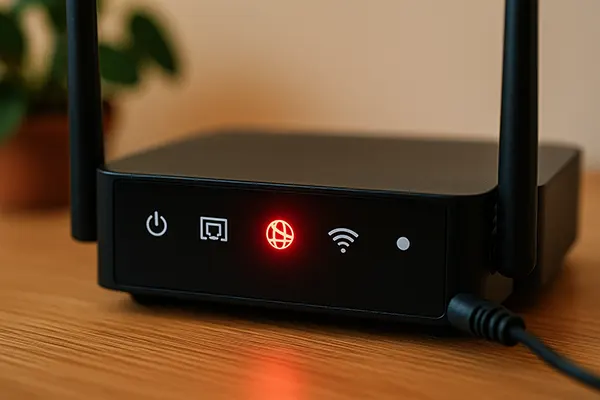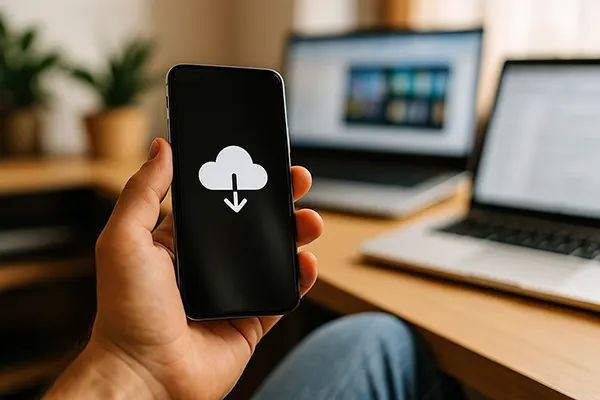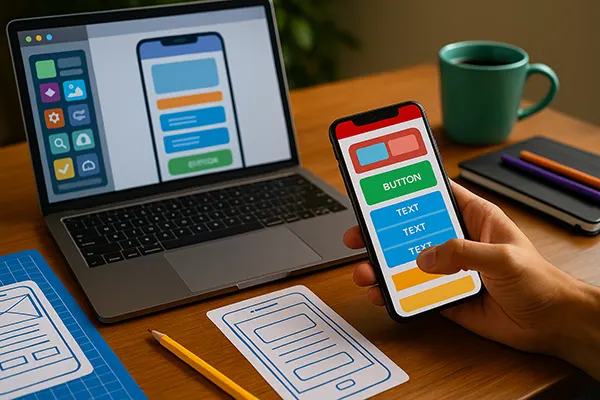In 2025, digital solutions are increasingly expected to remain reliable and accessible regardless of connectivity. Offline functionality has moved from being an additional feature to a necessity, especially for users who depend on uninterrupted access to essential tools. Whether in productivity apps, navigation, health tracking, or financial services, the ability to continue working without an internet connection ensures trust, usability, and user satisfaction. Developers are now rethinking strategies to combine online synchronisation with offline resilience.
The Importance of Offline Access in Modern Applications
As more people rely on mobile apps for daily activities, continuous access has become a critical requirement. Network instability, travel, and privacy needs are just some of the reasons users demand offline options. From editing documents on a train to accessing medical records in rural areas, offline capability ensures that essential information remains within reach. This trend highlights a growing understanding: users expect apps to work seamlessly regardless of circumstances.
Industries such as healthcare and education particularly benefit from offline-first design. Doctors accessing patient files or students studying digital resources cannot rely on constant connectivity. Offline storage and secure local processing allow uninterrupted functionality until data can be synchronised safely. This safeguards efficiency while also reinforcing trust in the application’s reliability.
Even in urban environments, where internet is usually stable, offline access provides a safety net. Unexpected outages or network congestion during major events can disrupt workflows. By offering offline support, applications protect against these disruptions and maintain user confidence. Businesses adopting this model are not only addressing technical challenges but also strengthening long-term engagement.
How Offline Functionality Enhances User Experience
Offline features are increasingly viewed as central to user experience rather than an optional extra. For instance, note-taking apps allow users to create and edit entries offline, synchronising updates automatically once a connection returns. This approach eliminates frustration while enabling seamless workflow transitions between online and offline states.
Offline functionality also supports inclusivity. Users in regions with limited or expensive internet access gain equal opportunities to benefit from digital tools. This democratisation of access ensures that applications remain relevant across diverse markets, making technology adoption fairer and more sustainable.
Moreover, offline capabilities often lead to improved app performance. By processing certain functions locally, applications reduce dependency on servers and improve responsiveness. This strengthens the perception of reliability and increases user loyalty, as the app consistently delivers value under varying conditions.
Technological Foundations of Offline Functionality
The technical architecture behind offline-first applications has significantly evolved. Local databases such as SQLite and advanced caching systems now enable efficient storage and retrieval of data on devices. Combined with background synchronisation techniques, these solutions ensure that user inputs and progress are not lost during connectivity interruptions.
Progressive Web Apps (PWAs) play a major role in advancing offline functionality. By leveraging service workers and intelligent caching, PWAs offer features that previously required native apps. This allows businesses to reach wider audiences while ensuring that their services remain accessible in offline mode.
Cloud synchronisation mechanisms further enhance reliability. Once connectivity is restored, applications merge local changes with server data, using conflict-resolution algorithms to prevent data loss. This hybrid approach balances flexibility, consistency, and accuracy, making offline-first development a realistic standard for 2025 and beyond.
Challenges and Considerations for Developers
Building offline-ready apps is not without challenges. Developers must design conflict-resolution strategies for when multiple users modify the same data offline. This requires careful use of timestamping, version control, and intelligent merging systems. Without these measures, offline access risks creating inconsistencies.
Security is another major concern. Storing sensitive data locally demands strong encryption and clear policies for handling device loss or theft. Users need assurance that their information remains protected even without the safeguards of a secure online connection.
Lastly, maintaining offline functionality increases development complexity and cost. However, given the growing demand, companies recognise this investment as crucial. By prioritising robust offline systems, developers ensure applications remain resilient in diverse real-world scenarios, ultimately reinforcing trust and satisfaction.

The Future of Offline Functionality in 2025
Looking forward, offline capability will continue to define user expectations. With the rise of artificial intelligence and edge computing, applications can process more tasks locally, reducing dependency on central servers. This not only improves resilience but also opens opportunities for real-time personalisation without connectivity.
Industries such as transport, finance, and education will likely push offline-first innovation further. For instance, autonomous vehicles require critical offline systems to ensure safety, while banking apps are integrating offline modes for secure transactions in areas with unstable networks. Education technology is also scaling offline access to support global learning initiatives.
Ultimately, offline functionality reflects a broader principle: technology must adapt to human needs, not the other way around. By ensuring continuity of service, developers are shaping a future where applications remain dependable and useful under any condition, strengthening their role as essential tools in daily life.
Balancing Offline and Online Integration
The most successful applications will be those that blend offline and online modes seamlessly. Users should not need to think about whether they are connected; the system should handle transitions automatically. Smooth synchronisation and clear notifications help maintain confidence without overwhelming the user with technical details.
Furthermore, hybrid approaches enable new business models. Applications that function offline can provide premium services for professionals who require guaranteed reliability, while still offering online collaboration tools for connected environments. This dual structure creates value for different user groups.
In the coming years, this balance will become the standard for high-quality applications. By designing with both states in mind, developers can deliver solutions that are flexible, inclusive, and resilient—ultimately reshaping digital interaction into a model of uninterrupted accessibility.




